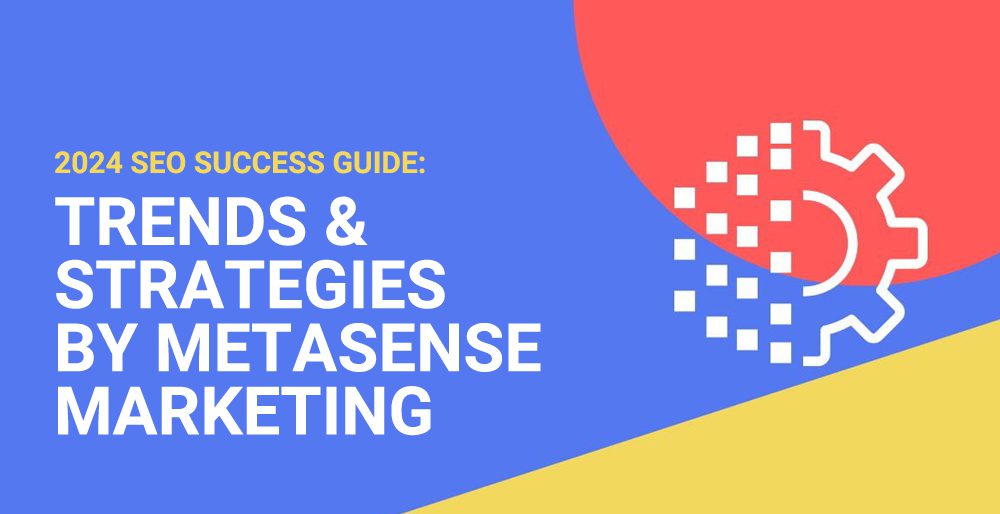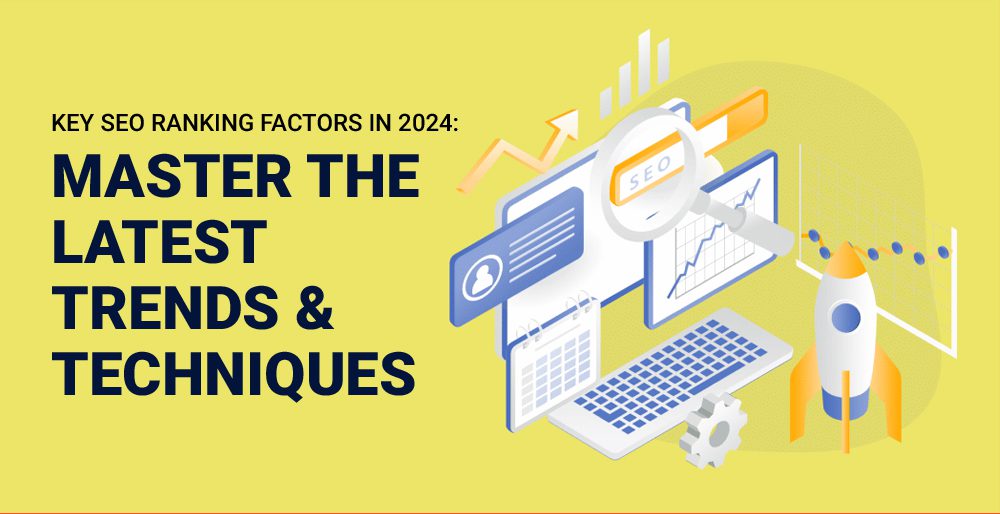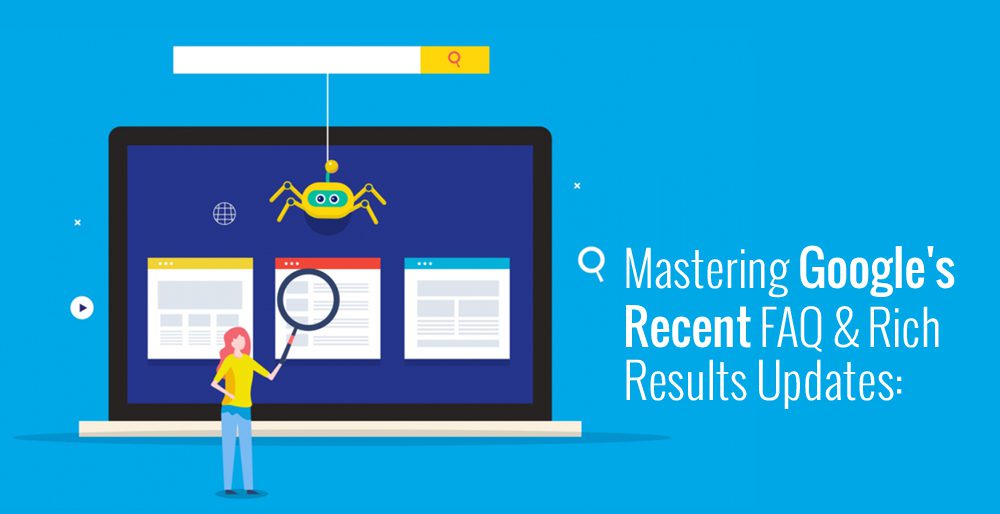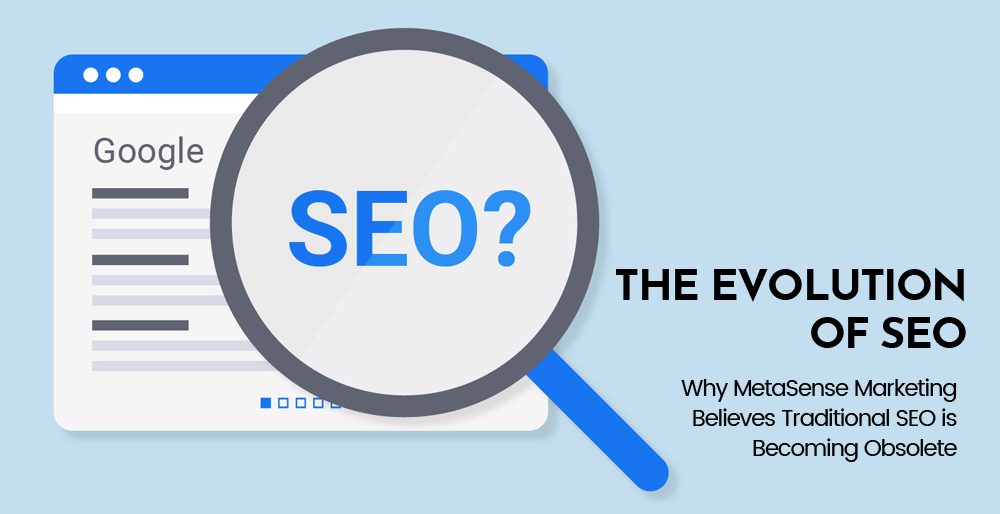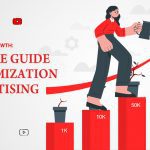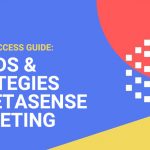
Search Engine Optimization: HTTP vs. HTTPS
Site security is becoming increasingly important in today’s search engine optimization world. It has become increasingly important for marketers to have a secure site since Google announced a more secure internet.
To put it simply, HTTP to HTTPS is the change from HTTP to HTTP. To improve organic traffic, business owners who want to enhance site security shouldn’t ignore this technical aspect of their website. Google uses site security as a ranking signal to rank and understand websites.
How do HTTP and HTTPS differ in search engine optimization? A Hypertext Transfer Protocol (HTTP) is a protocol that transports text. HTTPS stands for a secure version of this protocol. There is a lot of technical jargon here. Internet browsers can send and receive encrypted data from websites.
An HTTP to HTTPS upgrade can boost a website’s search engine optimization reputation by making it appear more genuine, putting shoppers at ease, and letting search engine crawlers know that the site intends to provide visitors with a safe user experience. Furthermore, website security is a must when people enter personal information, fill out forms, create accounts, or enter credit-card numbers! It is essential to upgrade the HTTP protocol to HTTP if you want to improve Google search engine optimization.
Internal links: what are they?
In a website, an internal link refers to a link pointing to another page. Search engines and users can find your website’s content by using links. Navigation on your site and finding content are made more accessible with links. Search engines also use links to navigate your site. Unless there are links to a page, they won’t see it.
Internal links can be classified into several types. In addition to adding links to your content, you can also add them to your homepage, menu, post feed, etc. These are called contextual links. Users can access relevant and exciting content through contextual links. Furthermore, search engines use them to determine the value of your site’s content and its relevance. A vital page will appear more important to search engines if it receives more links. It is therefore crucial for your SEO campaign to have good internal links.
Linking internally versus linking externally
All websites, including online stores, contain links. Pages and posts on your website are linked by internal links, while external links connect pages on other websites. This post discusses internal links and how their SEO impact. See our posts on link building for more information on how to get external links.
What are the benefits of links for Google?
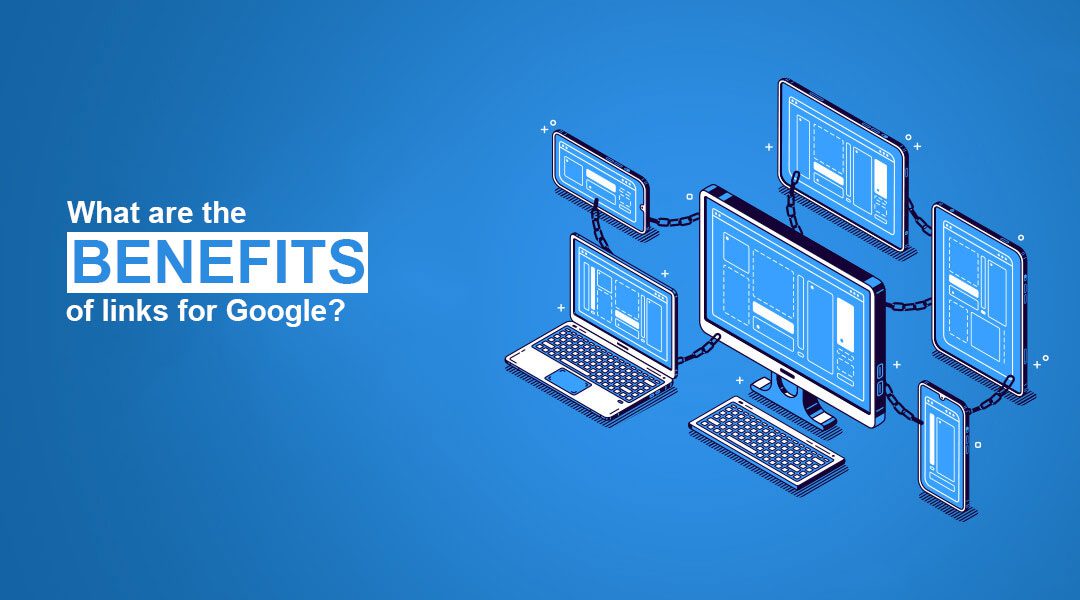
Internal linking is an important ranking factor for search engines like Google and Bing. Is there a reason for this? Where should we begin?
As a site owner, you control internal linking. Visitors and Google are more likely to find your most essential pages when you have the right internal links.
Content relationships
Google crawls websites through internal and external links through a bot called Google bot. After arriving at the website’s homepage, the bot renders the page and visits the first link. Link analysis allows Google to determine how various pages, posts, and other content relate to each other. Using this method, Google can determine which pages on your site cover a similar topic.
On Links to tags such as ‘Content SEO’, ‘Internal linking,’ and ‘Site structure’ can be found at the top of this post. Adding these links helps Google understand that these pages are related to this post.
Value of a link
The link value of each link on a web page is also divided by Google to understand the relationship between content and links. Most websites have the most back-links on their homepage, giving them the most link value. Each link on that homepage will share that link value. Links on the following page will receive the link value divided among them.
The homepage will give you more link value than only the category pages if you link to your latest blog posts. Linking to recent posts from the homepage will also help Google find them faster.
You’ll understand that a post with more links has more value when you realize links pass their link value on. You’ll have a higher chance of ranking that page if it gets lots of valuable links from other sites.
Developing a strategy for internal linking
The internal linking strategy of your site must be evaluated and improved regularly for the sake of SEO. You can improve your website’s fitness by doing this. You can make sure Google understands your site by adding the correct internal linking to an HTTP:
- Relevant pages;
- Page relationships;
- Page value and page count.
You need to consider several factors when setting up your internal linking strategy. You can follow these steps as a guide, but your site and goals will dictate the exact steps to take.
1. Identify your site’s ideal structure
To understand your website better, think of it as a pyramid. There will be a homepage at the top, followed by sections or categories, then posts and pages (possibly with subcategories).
To reflect this structure properly, you should have a menu on your website. Our Ultimate guide to site structure shows you how to build a website that works for you.
2. Identify the most important content for you
Next, you need to decide what content is most important to you. This is the most complete and best content you have; it is the foundation of your business. Whenever someone searches for topics or products related to your expertise, this is the content you want them to find.
You need to add many links to this content to let Google know it is your most important. Sites can link to cornerstone content from many different places. Here are the most common options from your post’s copy to your navigation.
3. Contextualize the links
The articles you write about the same topic should be linked together. Users and Google will benefit from this! Topically related articles. You can add links directly to your copy or at the end of your post.
Google wants to know which articles are the cornerstones of your topic: your most complete reports. All articles on this topic must include a link to the cornerstone. Links back to each post should be included in the cornerstone.
4. Page hierarchies should be linked
Suppose your website has hierarchical pages with links between parent and child pages. Links between sibling pages should also be included. Connecting these pages like this on a well-organized website makes perfect sense.
5. Add a related post section
Related posts sections can be added to your posts with several plugins and modules. If you use a related post tool, it is recommended to test whether the related posts are related. If unsure, the best way to link to posts is to do it manually. A link to a related post is placed at the bottom of each article on MetaSense Marketing.
6. Add navigational links to your site
Links to your cornerstone content can be added from the homepage or the top navigation and links from topically-related posts and pages. This should be done with your business’s most important positions and pages. This will strengthen Google’s perception of these posts or pages by giving them a lot of link value.
7. Taxonomies should be linked
In addition to helping you organize your site, taxonomies help Google, and your visitors understand what content you have. Adding internal links to your taxonomies could be beneficial if you have a blog. Adding categories and tags to your blog helps Google understand the structure of your blog and makes it easier for visitors to find related posts.
8. Add links to popular or recent posts
I will also mention the option of creating internal links to the most popular or newest articles on your site. For all pages and posts on your website.
This post receives links from various pages, giving it a boost. The posts will also be easier to access for visitors, increasing traffic – and Google likes more traffic.
MetaSense Marketing’s internal linking
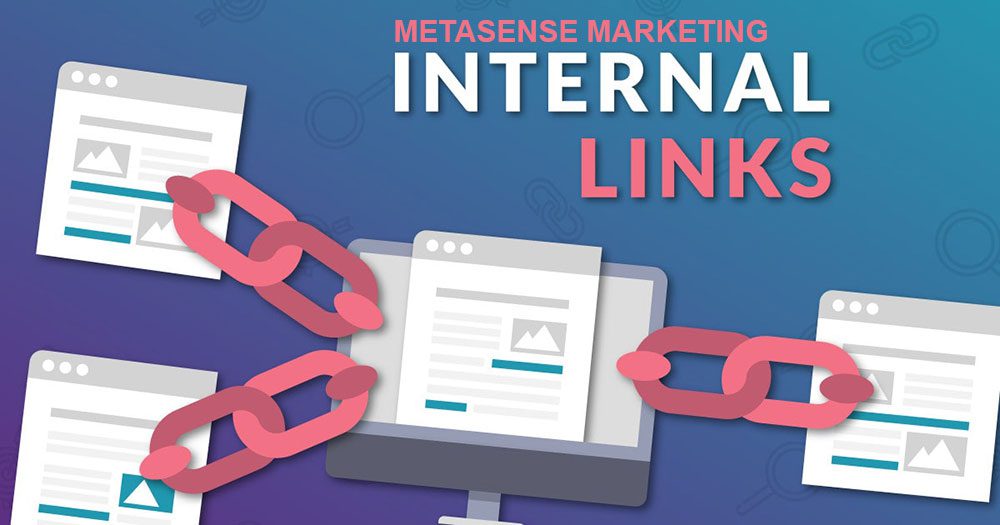
You can improve your internal linking with MetaSense Marketing’s checks and features.
When writing a post using the MetaSense Marketing plugin, you should consider internal links. MetaSense Marketing‘s internal link assessment checks whether you’ve created links to other website pages within your text, either in the plugin meta box or in the sidebar. These links are also checked for following and following.
This check is only available on posts and pages by MetaSense Marketing. Your product pages and descriptions should not have internal links because you want to keep customers on your site – not send them elsewhere. The faster your customer converts, the better.
Checking WordPress internal links
Link your content now with us
If your content doesn’t have links, it won’t rank! An internal linking strategy allows you to show which content is related and which articles are most informative and valuable. This post contains guidelines that will help you understand your site better, so you will rank higher if you follow them. Get going with MetaSense Marketing for your internal linking.
Designing, building and implementing Award-Winning Digital Marketing Strategies.
Contact me directly at 856 873 9950 x 130
Or via email at : Support@MetaSenseMarketing.com
Check out our website, get on our list, and learn more about Digital Marketing and how MetaSense Marketing can help.
https://www.metasensemarketing.com
For more information and to schedule an appointment, CLICK HERE.
MetaSense Marketing Management Inc.
866-875-META (6382)
support@metasensemarketing.com


